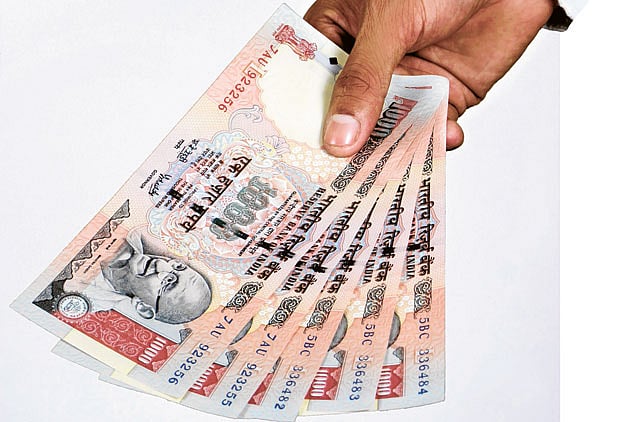New Delhi In recent times, the Indian government has been wracked by a series of scandals involving the sale of telecom licences, preparations for the Commonwealth Games, a land scam involving high level military officers, and improper property loans made by state-owned financial institutions.
Though investigations are underway to be followed by court trials, people are still questioning whether or not the prime minister has the political muscle to fight graft and whether the actions being taken are more for show than proof that the government is really cracking down on business practices that are massively corrupt.
It seems as if only the honest people are poor in India and want to get rid of their poverty by education, emigration to cities, and immigration, whereas all the corrupt ones are getting rich through scams and crime. Today, India seems more like a rich country filled with poor people.
Noted industrialist Vijaypat Singhania feels that our nation inherited corruption from the past.
Corruption is not a new phenomenon in India. It has been prevalent in society since ancient times. History reveals that it was present even in the Mauryan period. Great scholar Kautilya mentions the pressure of 40 types of corruption in his contemporary society. It was practised even in the Mughal and Sultanate period. When the East India Company took control of the country, corruption reached new heights. In modern times, corruption in India has become so common that people now are averse to thinking of public life without it.
Making quick money
"The British made the Maharajas corrupt, the Mahrajas bought the Thakurs, who bought the Zamindars and the Collectors, and so on it went down the line. Today it is the lack of education which is preventing Indians from thinking of alternatives, or the long-term consequences of their actions. I ask the parents to teach their kids not only what their children should do, but more important, what they should not do. Can this short-term approach to making quick money here and now, be converted into a philosophy for our long-term welfare," Singhania recently pointed out.
It is believed that the Federation of Indian Chambers of Commerce and Industry (FICCI) is worried that the problem of corruption and the way it is being treated in the media could seriously hurt India's international image and scare away potential investors.
Singhania says India will need hundreds of Anna Hazares to even make a dent in deep-rooted corruption. "Not one, I dare say, it will take a hundred Hazares' to even make a dent in corruption in India. Our thinking has changed and our values have degraded," he says.
Interestingly, India was ranked 95th out of 178 countries in Transparency International's Corruption Perceptions Index last year. Also it bracketed with countries such as the Philippines and Cambodia, rated the fourth most corrupt nation among 16 countries of the Asia Pacific region surveyed by leading Hong Kong-based business consultancy firm Political and Economic Risk Consultancy Ltd (Perc).
Local levels are worse
Perc rated India at 8.67 on a scale of zero to ten with the high end being the worst case of corruption scenario and ahead of the Philippines (8.9 points), Indonesia (9.25 points) and Cambodia (9.27 points).
In India, according to the report, civil and other local-level political leaders were found more corrupt than the national-level political leaders, with the former given a score of 9.25 and the latter slightly better at 8.97. Indian civil servants at the city level too were rated at 8.18, worst than the civil servants at the national level (7.76).
"The issue of corruption has grown and overshadowed the second term in office of the Congress-led coalition headed by Prime Minister Manmohan Singh," said Perc in its Asian Intelligence report on Asian business and politics.
"Singh has been put in such a defensive position that most of his recent statements have been to stress how he has not personally been involved with corruption, even though it appears that almost everyone around him was," it added.
Recently, in the book Corruption in India: The DNA and RNA authored by Professor Bibek Debroy and Laveesh Bhandari, the public officials in India may be cornering as 1.26 per cent of the GDP, through corruption.
The book estimates that corruption has virtually enveloped India growing annually by over 100 per cent and most bribery is accrued from the transport industry, real estate and "other public services".
Sign up for the Daily Briefing
Get the latest news and updates straight to your inbox
Network Links
GN StoreDownload our app
© Al Nisr Publishing LLC 2025. All rights reserved.
